What Really Happens to Wildlife During the Arctic Polar Night? A Marine Biologist Explains
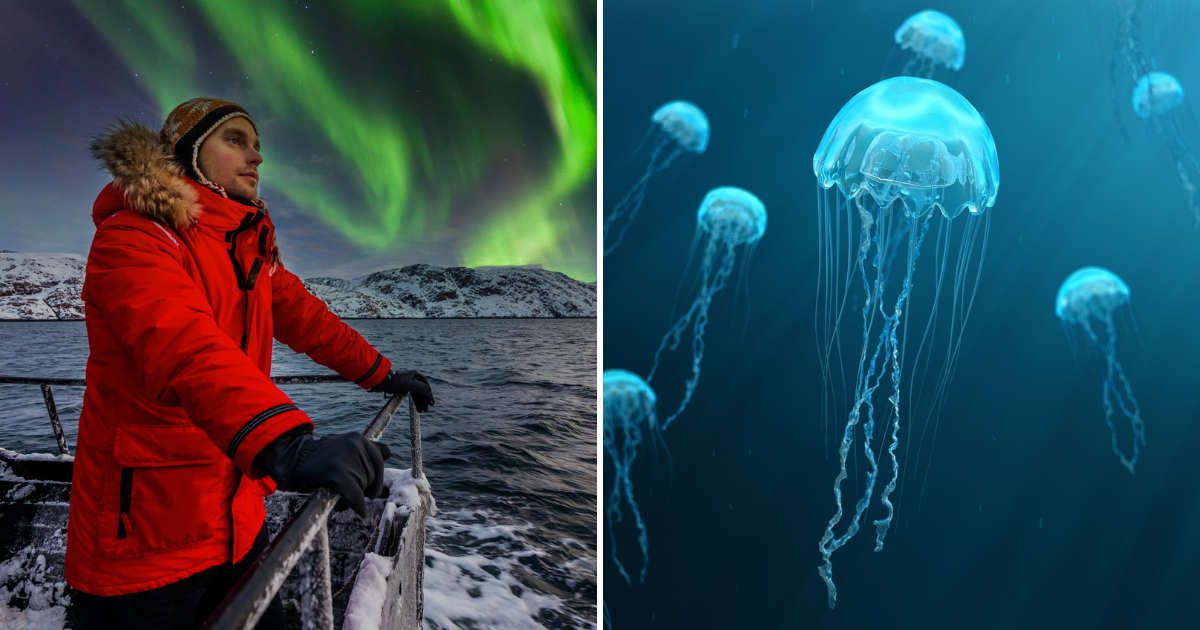
Jørgen Berge and his team of biologists were tooling around in a Svalbard fjord in the middle of the night as part of a two-week-long sea-ice research cruise. Their motorized rubber boat was puttering back and forth across the choppy waters. Above their heads, the starry skies were dancing with surreal Northern Lights, pulsating undertones of blues, reds, and greens. Below, a twinkling cosmos awaited them to be explored, as they documented in a report published in the journal Current Biology. The team of biologists described how they went wonderstruck after realizing that the Arctic Ocean explodes with life during the polar, wintry nights.

They had already installed baited traps, time-lapse cameras, and microphones inside the Arctic Ocean to spy on the nightly activities of organisms below. But little did they know that inside the dark, blue-green waters rolling under their boat, a whole new world of mystery was unfolding with each new moment.
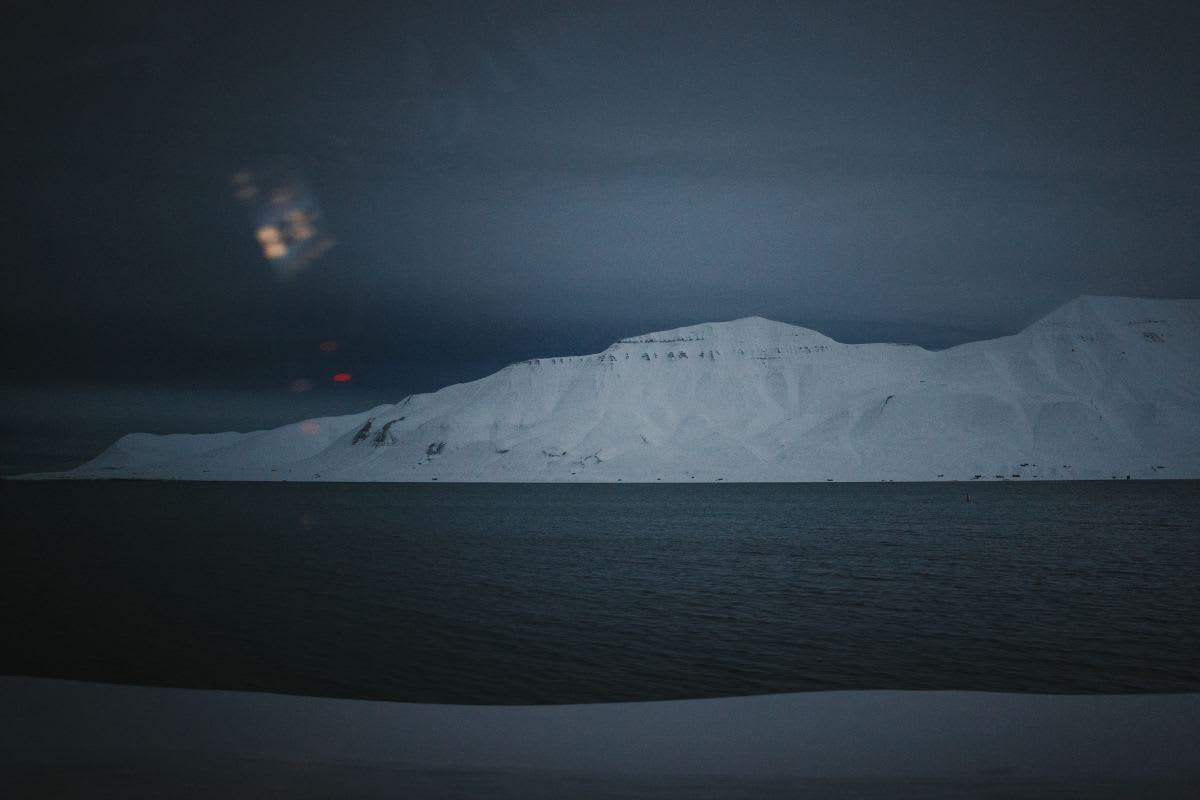
Berge and a colleague bobbed their heads and looked down into the viridian abyss below. They spotted a glowing lantern fish. Berge scooped it out and popped it into a coffee cup. But there was more to what they saw unravelling down below. Even in the absence of sunlight, the marine life squirming and slithering in the waters was locked in a daily rhythm. Juvenile and skittish creatures were sneering with their sinister eyes, eggs were shimmering like jewels, and light-oozing organisms were blinking like Christmas trees. Some of them even used the nighttime opportunity to have some romance.

“There was something so immensely beautiful and gripping about that sight,” Berge recalls. “We were literally just hanging over the side of the boat looking down and saw all these blue lights blinking and shining in all dimensions,” he described to The Atlantic.

According to a general assumption, Berge and other scientists believed that the Arctic polar night is the time of the year when biological activities are reduced to a minimum due to limited food supplies. But what they observed clearly contradicts this belief. Clearly, the Arctic Ocean wasn’t in a stasis or a resting mode. Rather, it was bursting with activities of all kinds, from foraging to feeding to mating and reproduction. These nights were not marked by biological quiescence or dormancy. In fact, the activity here seemed to be more prevalent than the summer nights.
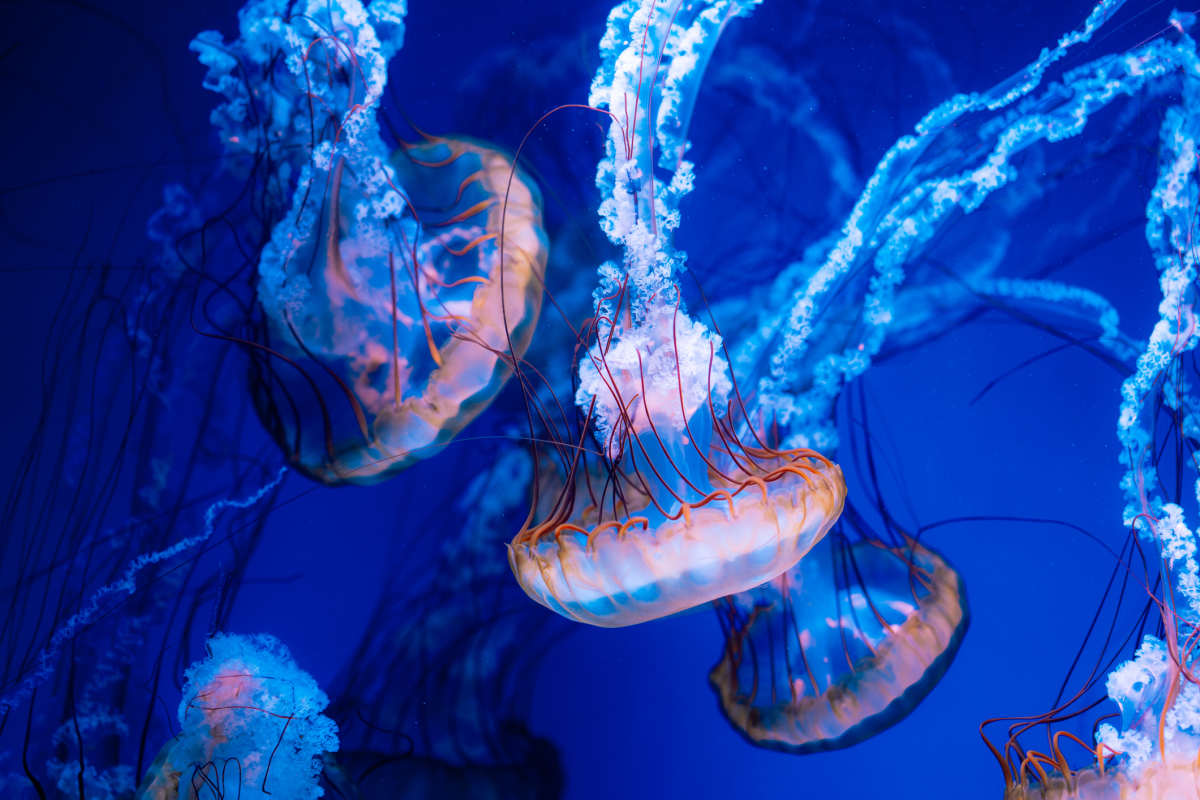
“Instead of an ecosystem that has entered a resting state, we document a system with high activity levels and biological interactions across most trophic levels,” the team wrote in the paper. Adding to ScienceDaily, Berge described that concealed behind the curtain of darkness, they discovered a world rumbling with activity, beauty, and unseen patterns of biological rhythms.
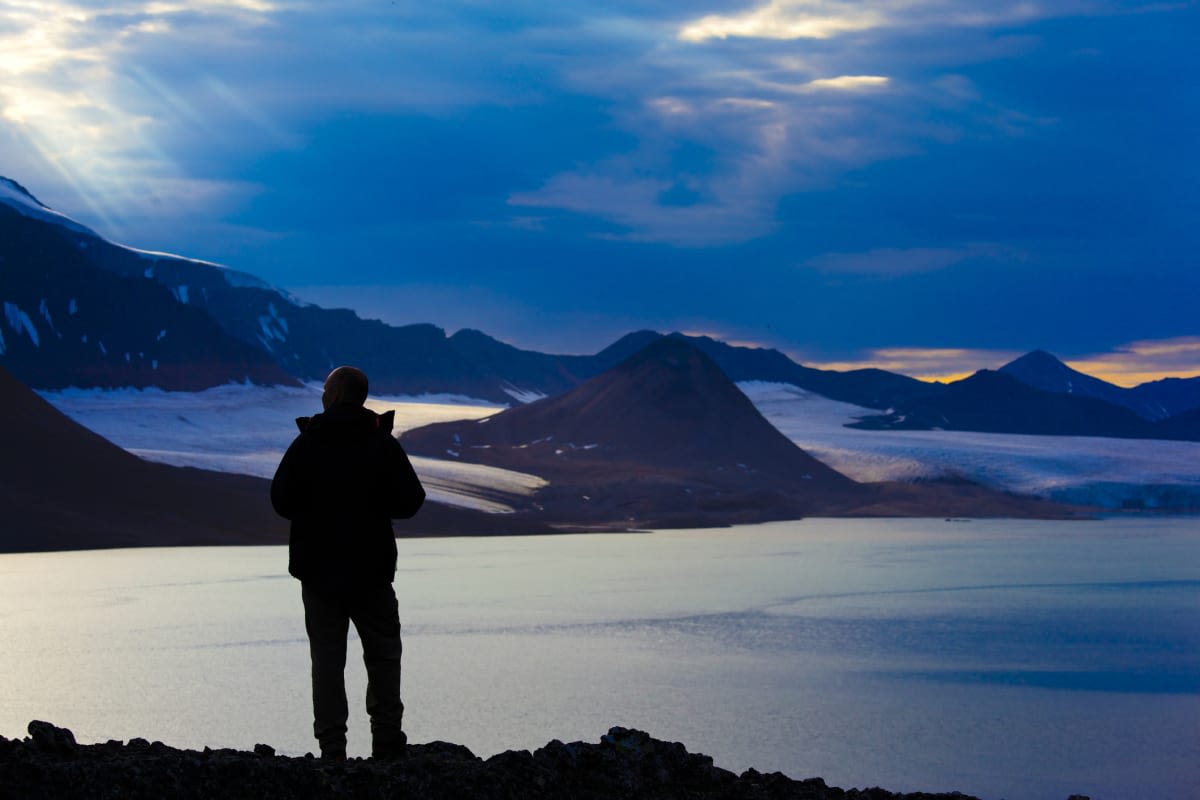
The research was conducted on a polar night at 79°N during three consecutive winters. Samples were collected from Kongsfjorden, Svalbard. The objective was to study biodiversity, biological activity, and ecosystem functions. Contrary to the long-held assumption, the blue-green algae didn’t become dormant during these nights or wait for the spring bloom to scour food supply and fill their bellies. Instead, the foraging activity became even more prominent and intense during these nights.
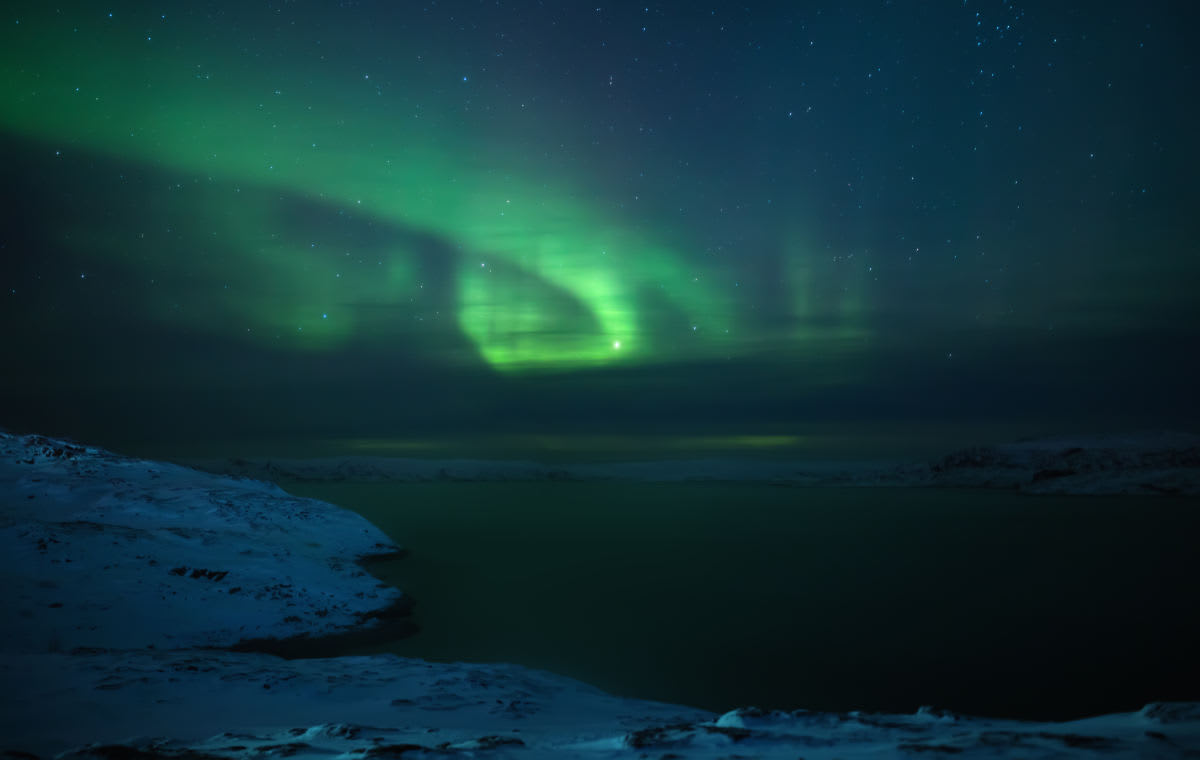
The results of the study were no less than astonishing. Bivalves were constantly growing, seabirds continued foraging, zooplanktons and benthic organisms retained their circadian rhythms, also using the wintery times as opportunities to mate and reproduce. Males fertilized females and then died off, leaving females to hatch the eggs in the coming winter months. Dovekies, thick-billed Murres, and Black Guillemots were diving more than 100 feet deep to forage and enjoy their meals."We can't simply assume that the dark polar night is a 'safe' period when things are not turned on. Rather, it turns out that the dark polar night is an important period for reproduction in a number of organisms, and, as such, it is probably more sensitive than other parts of the year," the researchers said.
More on Green Matters
Sailors Who Witness Northern Lights at Sea Reveal the Unsettling Thing They Notice: "It's Loud..."
Experts Warn If You Ever Notice This Strange Sign in the Ocean — You Should Get Out ASAP